Not so long ago, friends might have rambled about great ideas for books or films, if they only had the time, financial backing or support crew to get the project done. These days, people are just as likely to dream up ideas for podcasts.
A 2019 study found that podcasts have continued to grow in popularity, with 15% of Australians listening to a podcast in the week leading up to the study. That may not sound like a lot, but it equates to just under 4 million people, and has increased each year. This rather enormous infographic, compiled by the ABC, communicates a wide range of trends and patterns amongst listeners. It states that some of the most popular reasons people like listening to podcasts are to be entertained, to learn new things, and for the format’s flexibility. And why are podcasts so engaging? Perhaps it’s the intimacy of audio, or the idea that the unique storytelling productions of podcasts – rather than straight audio narration traditionally found in audiobooks – is more emotionally and intellectually arousing, and therefore more addictive.
This applies to young people, too.
In 2017, a study found that children engage deeply with podcasts, sometimes listening repeatedly to the same episode, and initiating discussion or play based around the podcast content.
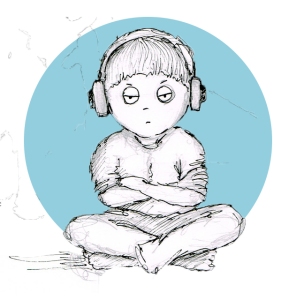 There seems to be room to play with the form, too, in order to attract and hold onto the ears of young listeners. For example, Six Minutes uses a range of voice actors to present a tension-filled narrative, rather than traditional single-voice narration. Short and Curly promotes discussion and interaction, inviting listeners to “hit pause” and consider their own positions on ethical problems. And Fierce Girls hands the podcasting reins to kids, allowing young voices to present life stories of inspirational women.
There seems to be room to play with the form, too, in order to attract and hold onto the ears of young listeners. For example, Six Minutes uses a range of voice actors to present a tension-filled narrative, rather than traditional single-voice narration. Short and Curly promotes discussion and interaction, inviting listeners to “hit pause” and consider their own positions on ethical problems. And Fierce Girls hands the podcasting reins to kids, allowing young voices to present life stories of inspirational women.
When considering if podcasts are healthy for children or not, the form enjoys the kind of clear air that screen entertainment will never experience. Audio media is rarely considered a problem, probably because it really only requires one of our senses, and we can do other things while listening. There is even the idea that listening to podcasts resembles the cosy communal listening experience of the wireless, enhanced by the modern flexibility of choosing when and where we listen. And in an increasingly isolating world, the concept of communal listening may bring people together, as evidenced by podcast listening parties.
This could be the form’s greatest strength – the idea of a family huddled around a smart speaker, engaged, captive, listening together; merely a updated version of oral storytelling.
This may be nothing more than a romantic notion, as some argue podcasts have either destroyed communal listening, or have killed music. But I hold out hope, as the aforementioned ABC survey shows that communal podcast listening is most likely to be enjoyed by younger audiences. I’m a fan, and I reckon there’s a lot of potential for podcasts to be great for kids – they’re flexible, often informative, and, most importantly, they can stop your family strangling each other on road trips.
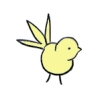
Want to get listening? Follow the link below.

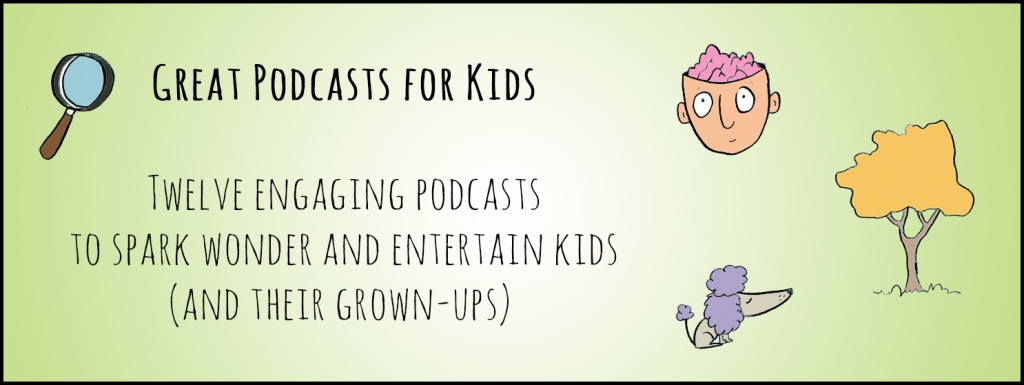
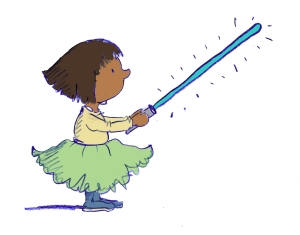

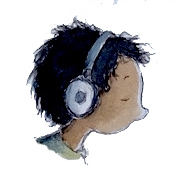

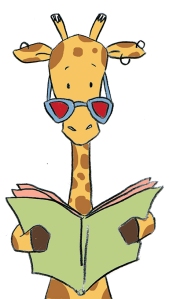
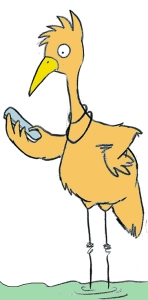 Still, there are teen mags that are claiming a higher ground.
Still, there are teen mags that are claiming a higher ground.